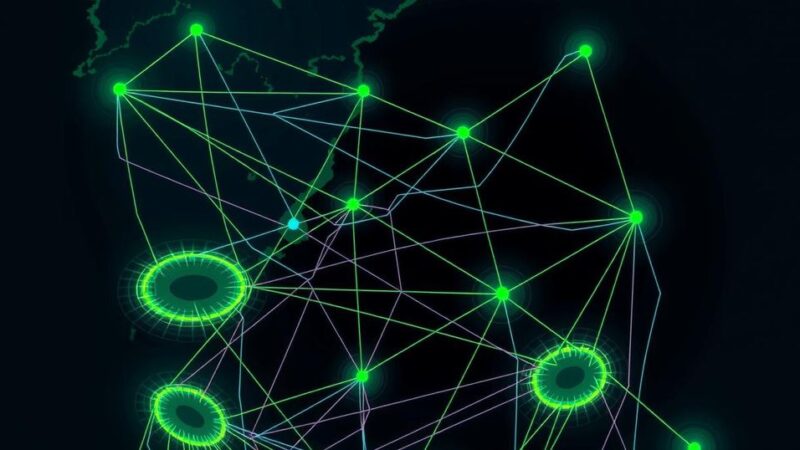Nigeria’s cash payments are predicted to decrease by 32% by 2030, driven by digital payment adoption. The Worldpay report highlights a significant rise in electronic transactions, with Nigeria leading in cash usage in the MEA region. Enhanced financial inclusion has contributed to the surge in digital payment methods, reflecting a transformative shift in the country’s economy.
Nigeria is witnessing a substantial transition toward digital payment systems, as cash payments are expected to decrease by 32 percent by 2030, according to Worldpay’s Global Payment Report 2024. This shift is largely attributed to enhanced access to financial services in remote areas via smartphones, enabling millions to engage with the global economy.
The report indicates that Nigeria leads the Middle East and Africa in cash usage for point-of-sale (PoS) transactions, with cash accounting for 40 percent of PoS value in 2024, down from 91 percent in 2019. When compared to the MEA region, Nigeria’s cash dominance is significantly greater than that of countries such as Saudi Arabia (22 percent), South Africa (30 percent), and the United Arab Emirates (17 percent).
Significant progress in financial inclusion has been noted, with the World Bank reporting an increase in the percentage of banked Nigerians from 30 percent in 2011 to 45 percent in 2021. The Nigerian Inter-Bank Settlement System (NIBSS) further confirmed that the number of active bank accounts escalated to 311 million in 2024, emphasizing the nation’s rapid financial evolution.
The report highlighted that account-to-account (A2A) transfers via NIBSS Instant Payments (NIP) are now the preferred e-commerce payment method in Nigeria. Additionally, A2A payments through the Nigeria Quick Response (NQR) platform are becoming increasingly popular at the PoS, following cash transactions.
Recent figures indicate that electronic payment transactions in Nigeria reached an unprecedented high of N1.07 quadrillion in 2024, representing a 79.6 percent increase from N600 trillion in 2023. The volume of e-payments also saw remarkable growth, with NIBSS processing transactions rising from 9.7 billion in 2023 to 11.2 billion in 2024, marking a 15.5 percent year-on-year increase.
Point-of-sale transactions reflected a surge as well, increasing to N19.4 trillion in 2024, an impressive 81 percent rise compared to N10.73 trillion in 2023. Experts attribute this increase partially to cash shortages experienced early in 2023 and the ongoing implementation of the Central Bank of Nigeria’s cashless policy.
The Global Payment Report outlines the advancement of digital payment systems across the Middle East and Africa, indicating that e-commerce transactions accounted for 29 percent of total value in 2014. By 2024, this share had risen to 49 percent, with projections suggesting digital payments will dominate e-commerce by 2030, representing 65 percent of transaction value.
In summary, Nigeria is experiencing a significant decline in cash payments due to the rise of digital payment methods. The findings from Worldpay’s report reveal substantial progress in financial inclusion and an increased preference for electronic transactions. As digital payment systems continue to evolve, they are expected to take precedence over cash transactions by 2030, demonstrating a pivotal shift in Nigeria’s financial landscape.
Original Source: tribuneonlineng.com






